Author: John-Joe Vollans
Photography: Renault
Unlike its smaller 4- or 5-badged siblings, spotting a Renault 16 in the wild today seems to be a very rare event. For me, sightings appear to be akin to visits from celestial bodies; about as sparse yet lacking the predictability of a Halley’s comet or Hale Bopp. Figures from the DVLA suggest that, as of Q2 2024, just 82 Renault 16s were ‘taxed’ on UK roads, with a further 18 on SORN. There are rarer classics out there for sure but, for some reason, the 16 never seems to emerge outside of a classified ad or car show display field. Perhaps it’s just that there aren’t any in my part of the country. Whatever the reason, I can’t recall seeing one on the road in recent years. All the more extraordinary when discovering that Renault made over 1.8-million of them between 1965 to 1980.
Due to its absence, I was a little shocked to rediscover that the 16 sold that well and represented a milestone for Renault and European family cars generally. The Renault 16’s full of innovation, design flourishes and neat engineering touches we’ve come to expect from fellow classic French makers like Citroën or Panhard, yet we rarely seem to associate with Renault, perhaps unfairly? I’m not alone in my 16 blindspot either, as the wider motoring public seems to have largely forgotten it as well, which is a shame, as the tale of its gestation and production are well worth revisiting, especially considering its rarity and the fact 2025 marks its diamond jubilee…
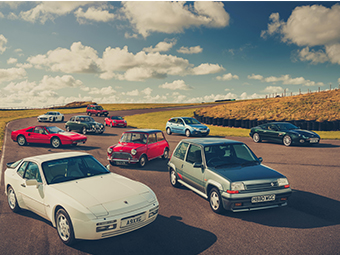
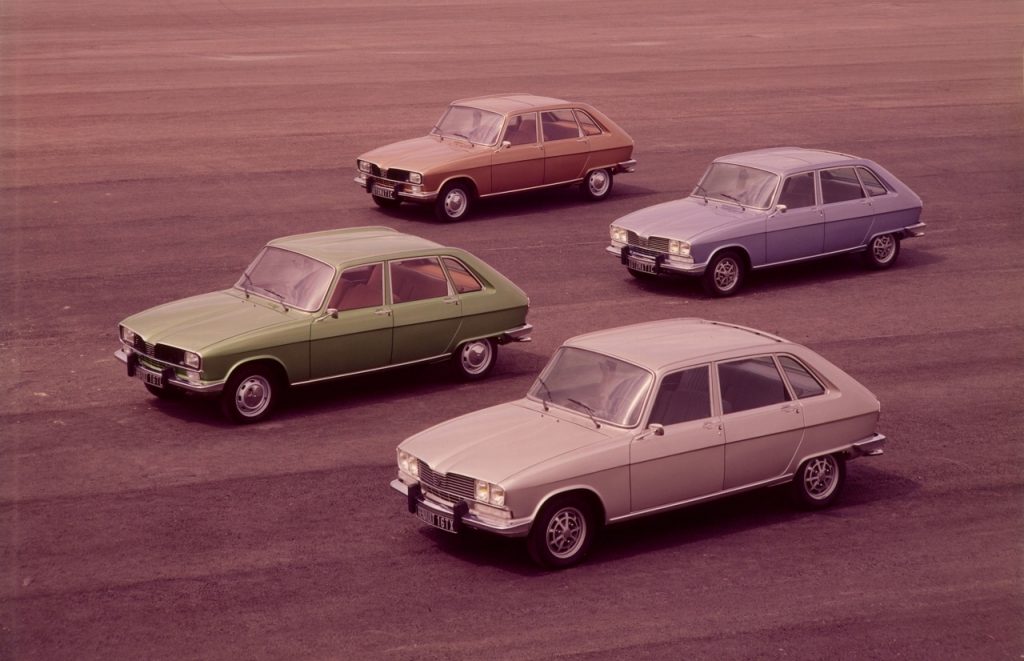
Penned by industrial stylist and aerodynamicist Gaston Juchet – and signed off by Renault CEO Pierre Dreyfus with the express intention that the 16 “do things differently” – this Renault was made specifically to stand out. Juchet had previewed some of his boxy body design upon joining the famous french firm back in 1958, but his work on a new Frégete, nicknamed project 114, ultimately didn’t come to fruition. Feeling he hadn’t pushed the envelope far enough, Dreyfus appointed Juchet and engineering lead Yves Georges to go back to the drawing board with project 115 (the 16) and come up with something far more radical. The new proposal was wild yet Dreyfus approved it and, in the space of just four years, the Renault 16 went from a failed design study to a production model that, in Dreyfus’ own words, would be “a car for families attracted by modern consumer society.” Whatever that means…
Modern and bold should certainly be considered 16 buzz words, the body design mixed the practicality and versatility of a light commercial vehicle with the space of a large family car. As such you could, with some justification, consider the 16 to not only be one of the first hatchbacks, but also an early crossover.
The small estate or shooting break isn’t an unusual design today, but in the mid-1960s, the Renault 16 was virtually unique. In a packaging touch that’s just as useful for small families and traders today – I can personally attest – the rear seating arrangement in this Renault allows for four different configurations via a sliding and tilting rear bench. The 16 could, with a few adjustments, convert from practically a people carrier to a van in mere moments. We take that kind of versatility and clever ergonomics as a matter of course today, yet it was something customers 60 years ago certainly weren’t used to.
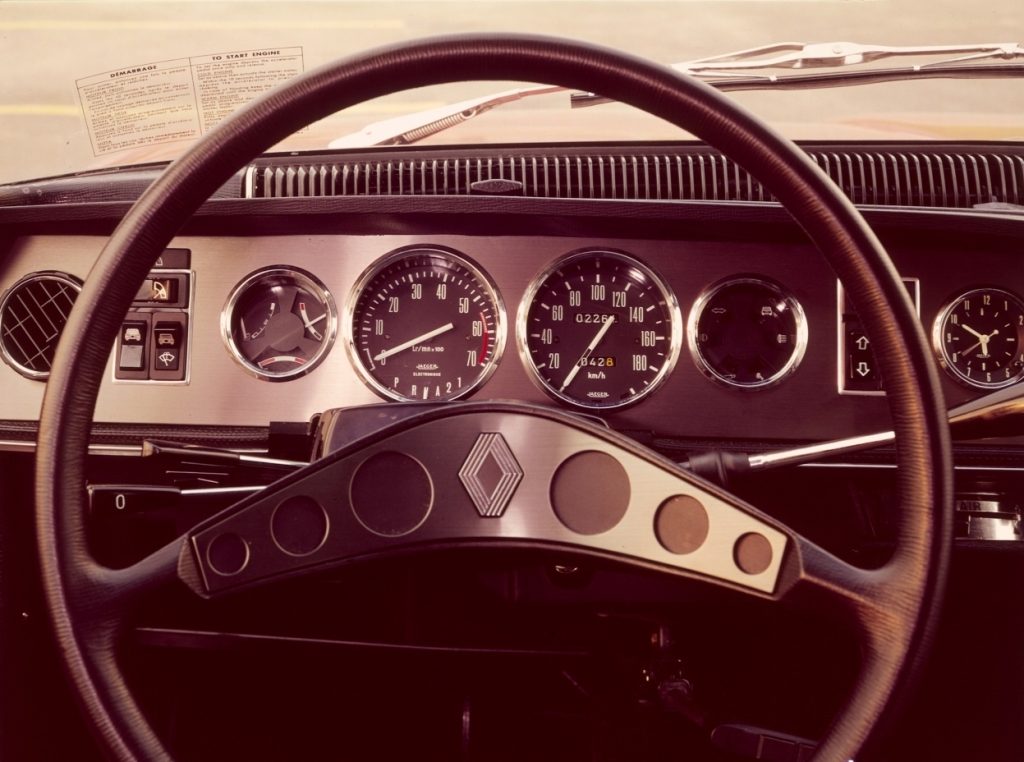
It wasn’t just the packaging and styling that impressed buyers either, with the 16’s mechanical layout also deemed highly praiseworthy. Still deemed unconventional at the time was the 16’s front-wheel drive, but even more so was the transmission in front of its longitudinally-mounted motor. That unusual configuration, plus the pressure-die cast aluminium cylinder head and gearbox gave this unusual family machine excellent weight distribution and therefore great handling characteristics; it was effectively a mid-front engine layout after all. Not that it did your local mechanic any favours when it came time to carry out servicing or repairs! Incidentally, it was such a pain to work on that the layout was ditched after the Renault 16.
All this innovation, practicality and engineering cleverness didn’t go unnoticed by the judging panel of the Car of the Year award. The 16 managed to beat off stiff competition – most notably from the Rolls-Royce Silver Shadow – to take the honour for 1966; incidentally, the first French car to win the prestigious accolade.
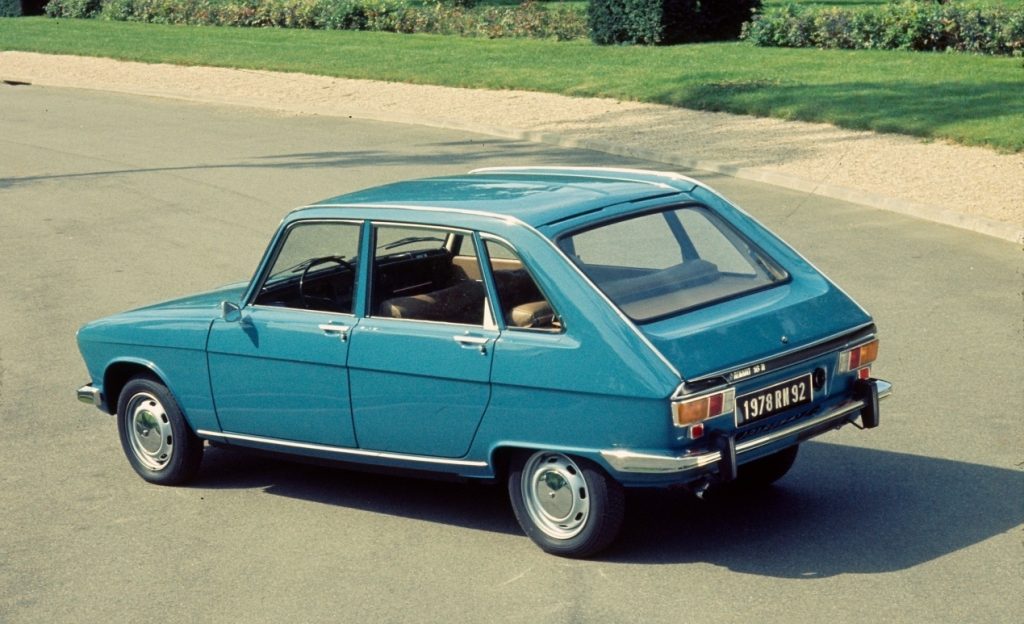
With sales booming and peoples’ cars either in production or on the drawing board, Renault decided to keep pushing the 16 further upmarket as its production run matured. By 1973, the TX arguably represented the model’s apogee. This sporty 93bhp 16, built on the great foundations laid by the TS of 1968. Not only did the TX manage to reach 109mph but it also featured luxury and modern appointments such as central locking, inertia reel seatbelts and powered front windows, as well as improved passive safety and driveability. With an automatic transmission available from 1972 across the range and a purpose-built factory in Sandouville, Normandy – ideally placed to export 16s to the rest of the world – this mid-sized Renault saw its firm expand into international territories where it would remain to this day.
The Renault 16 wasn’t only a quantum leap forward in family motoring, it was also a pivotal model for its maker, all of which makes its relative rarity – at least in the UK – something of a travesty. So, if you happen to spot a 16 in the wild, recognise it as the motoring milestone that it is, and If you own one or have fond memories of these interesting and important Renaults, why not tell us about it in the comments.
Do you own one of the last Renault 16s on the road? Maybe you have fond memories of driving one back in the day… We’d love to hear from you in the comments below.
Get trusted classic car insurance
Get classic car insurance from Hagerty and join thousands of enthusiasts who trust us to protect their classics. Rated ‘Excellent’ on TrustPilot.
Read More on Renault
Future Classic: Renault Sport Clio
The Full English: Renault 5
Unexceptional Classified: Renault Megane RN Paris
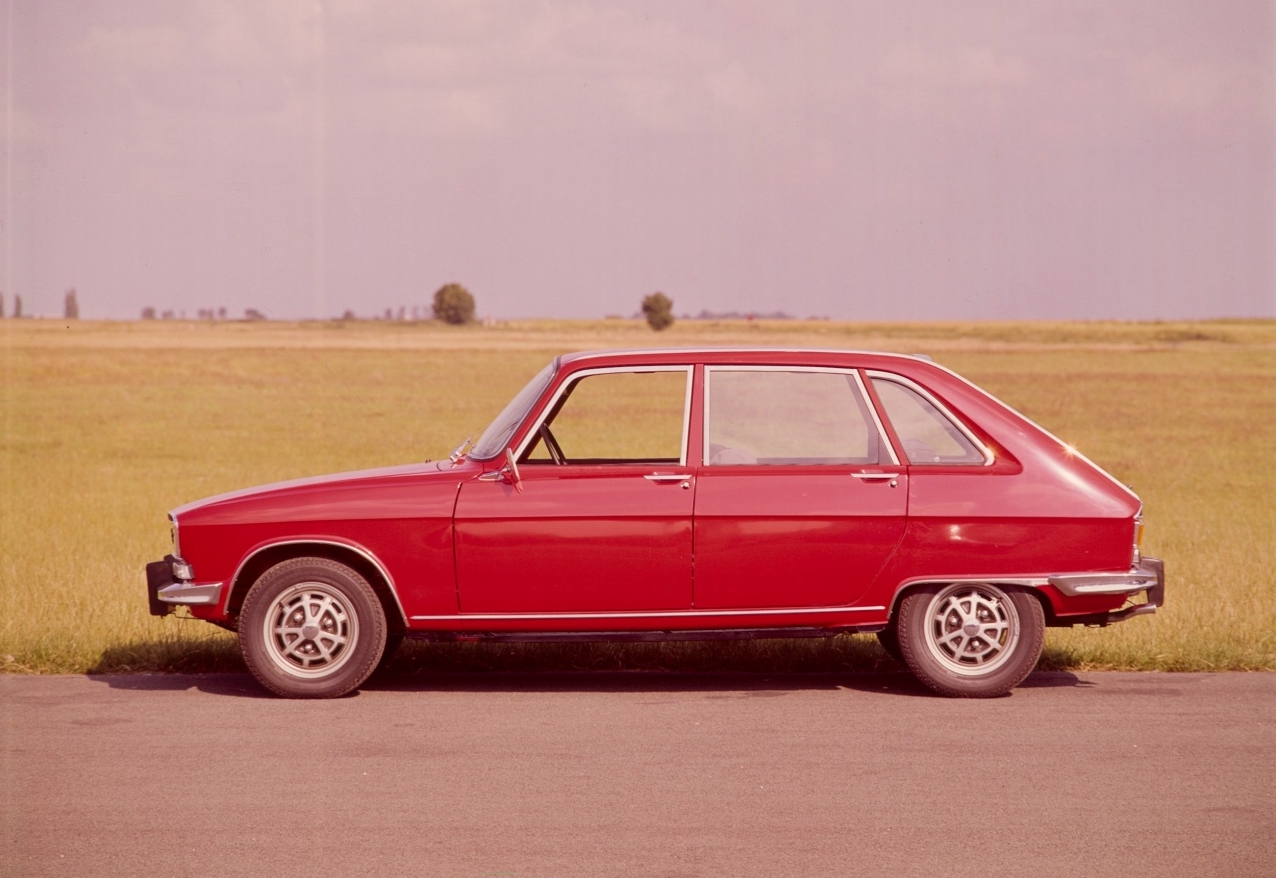




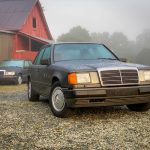


I understand that I own the oldest surviving UK spec R16TX
What a fantastic car for a family of 5 with an Irish Terrier. My father had a gl and a ts. The latter towed a caravan weighing a ton, and took us on holiday all over Europe. Tyres lasted to 98k and only changed due to sidewall cracking. The wet liner engine was superb on fuel and my father carried out the maintenance himself, the gearbox faultless. Registration numbers were CDT 981H and TOY 720M. I’m a Renault fan and have 3 Grand Espace’s, along with 2 Mercedes, a Fiat and a VW. Great memories from a car that felt like 1 of the family.
I owned a 16 in the early 70s with a young family and a new business it was a delivery van and family holiday vehicle it was great
Thanks for the article.
My dad had a green R16 TL, which ferried us (2 adults & 3 kids plus luggage) from our adopted Belfast home to the ‘family’ home in Lancashie with ease.
Very fond memories of that car – a departure from his usual British cars (Ford Corairs and Triumph 2000s).
IMO, one of the most versatile cars available then, or now.
The rear seat was a revelation, as the back swung up to the roofline, and the offset rear wheels were unlike anything I’d seen
If I see one for sale, I’d be very tempted to buy it.
I had a Renault 16 in the 1980s it was the best car 🚗 we have ever had
The Renault 16 was a fantastic car- my dad had a brand new new one in 1975 a white TS. However, just like his subsequent two renault 20’s and his Renault 18 , they were effectively throw away cars due to poor build quality and a lack of quality control- His 16 was bubbling with rust at less than a year old , pushing the door rubbers off- as the rust came through, his 20 was plagued by electrical faults at 1 yr old and the dealer said maybe a good time to trade in for another as we were about to embark on a family holiday to France ! so he did – a lovely petrol blue 20 TL – which promptly broke down on the way to the ferry with a faulty water pump. These were all brand new cars and whilst the designs were great- they fell appart . Thats why you wont see a 16 or a 18 or a 20 or a 25 or a Fuego on the road today – what a shame !
If only they could have built in quality with design !
2 of my uncles bought these in the early seventies, a 16TL and a 16TX. I thought they were the coolest cars ever. Have many happy memories of family holidays in North Wales and the beach equipment packed in the hatch. I went on to complete an automotive apprenticeship and just retired after 47 years in the trade.
I would love to find one of them now and take my uncles out in it, they are both in their nineties!
I loved driving my Renault 16b back in the day. One of the most comfortable cars ever. Thank you for this reminder.
Beautiful car, I was 7 years old in 1966 and went with my friend and his dad to pick up a brand new 16 in silver I’ve never forgotten the ride, so comfortable, wonderful memories.
I guess we will never know how much Renault borrowed from Citroen’s mis-managed and ill-fated Projet F.
Wacky vehicles are very endearing. The fewer remaining, the stronger the attraction. Great fun.
I own 2 R16 s one ( 1970 model ) of which I have had for 50 years and driven around 285,000 miles. These really were game changers , highly innovative and extremely influential. Properly maintained they can easily be used in the 21st century 60 years after their introduction. History often distorts the truth , there are cars which were quite mediocre that are reviered , but the 16 is largely forgotten except by those in the know !
The strong but light weight bodyshell is complex with many areas reinforced only where necessary creating rust traps , in addition foam infill to create low noise levels plus 1960 s paint technology all came together to cause rampant corrosion, hence a very low survival rate.
The mechanics are conversely very durable.Engines should last at least 150,000 miles assuming regular oil and coolant changes.
The TX was the first car sold in the UK with electric central locking , something everyone now takes for granted.
One possible downside is the steering can be heavy , one of my 2 16 s , the longtime owned one ,now has EZ ( Netherlands) electric power steering which over comes this problem.
Great car… and pretty fast in those days. I was a rep with a Company car:Ford Cortina. This then was the only car (as reps), that we feared for sped… that was the Renault 16 Fond memories
I thought that far from abandoning the gearbox ahead of the engine layout, Renault continued it with both the 6 and the 5?
I did an engine change in a Renault 5 back in the early 90s, and yes, the gearbox was at the front of the car. Made a clutch change easy !
Also the left wing got real hot with the exhaust silencer tucked underneath.
I first bought a secondhand brown 16TL from a man in Liverpool in 1970 and it suited my young family splendidly. So much so that in 1972 I bought a brand new red 16TS. It was a lovely car to drive, very responsive and fast, a very flexible interior layout with really comfortable seats and a unique feeling of gallic fluidity. Took it for tours abroad and the children loved it. Its downfall was the rust – it had already bubbled up through the front wings at 2 years old.
But I still remember it fondly…….
Had a GL in 1972. Bought for £500 which was a lot at the time. My dad had to act as guarantor for the bank loan, even though I had a decently paid job. Extremely comfortable car, the rear seats folded to effectively make a double bed and is the only car I’ve ever slept in overnight. First saw them in the Channel Islands when I was at school in the 6th form and thought the engines sounded great. The 1565cc from the TS version powered the Alpine A110, suitably modified for rally performance with big valve head and twin Weber 45s.
The steering column gear change worked remarkably well although the linkage design of it reaching to the front mounted gearbox must have been dreamt up by someone having a nightmare at the time.
We kids loved it and the dog sat (unsecured of course in those days) on the middle of the bench seat freed up by the column gearchange. However, it was unreliable. An entire holiday in Scotand had to be rerouted when the closed cooling system expansion bottle exploded and dealers were few and far between up there. The cylinder head was warped after that and the floaty ride on his daily commute made my dad nauseous so he did not keep CHC 742D for long, replacing it with a series of Hunters then going continental again with 5 Saabs on the bounce
The 16TS did us very well but suddenly became expensive to maintain . BL,or whatever BMC was then named , had a remarkable marketing idea.Some may remember it .
Give a remarkably high (and stupid ) part ex offer for foreign cars.
Was there an advert of Minis on the White Cliffs keeping Johnny Foreigner at bay ?